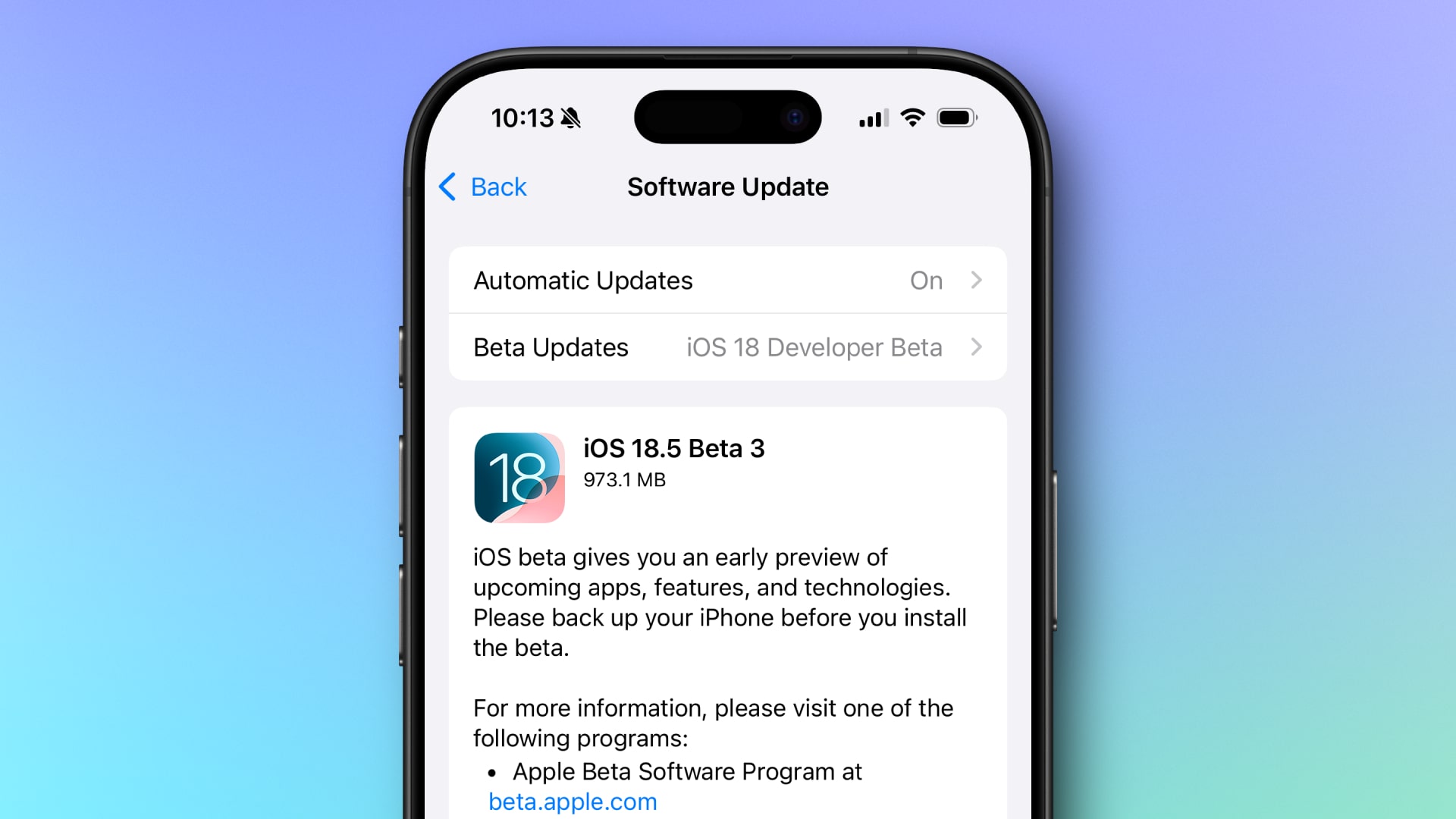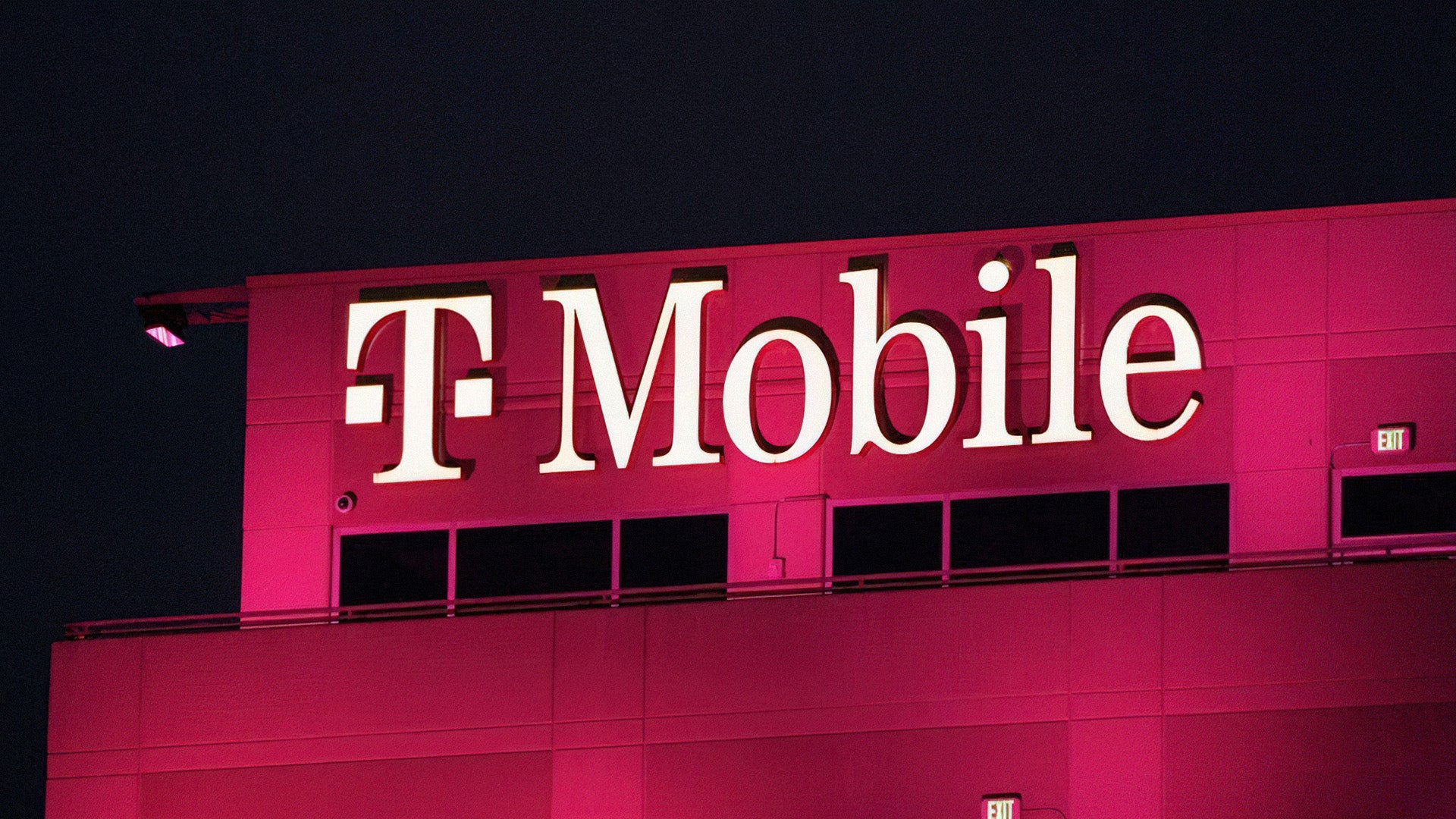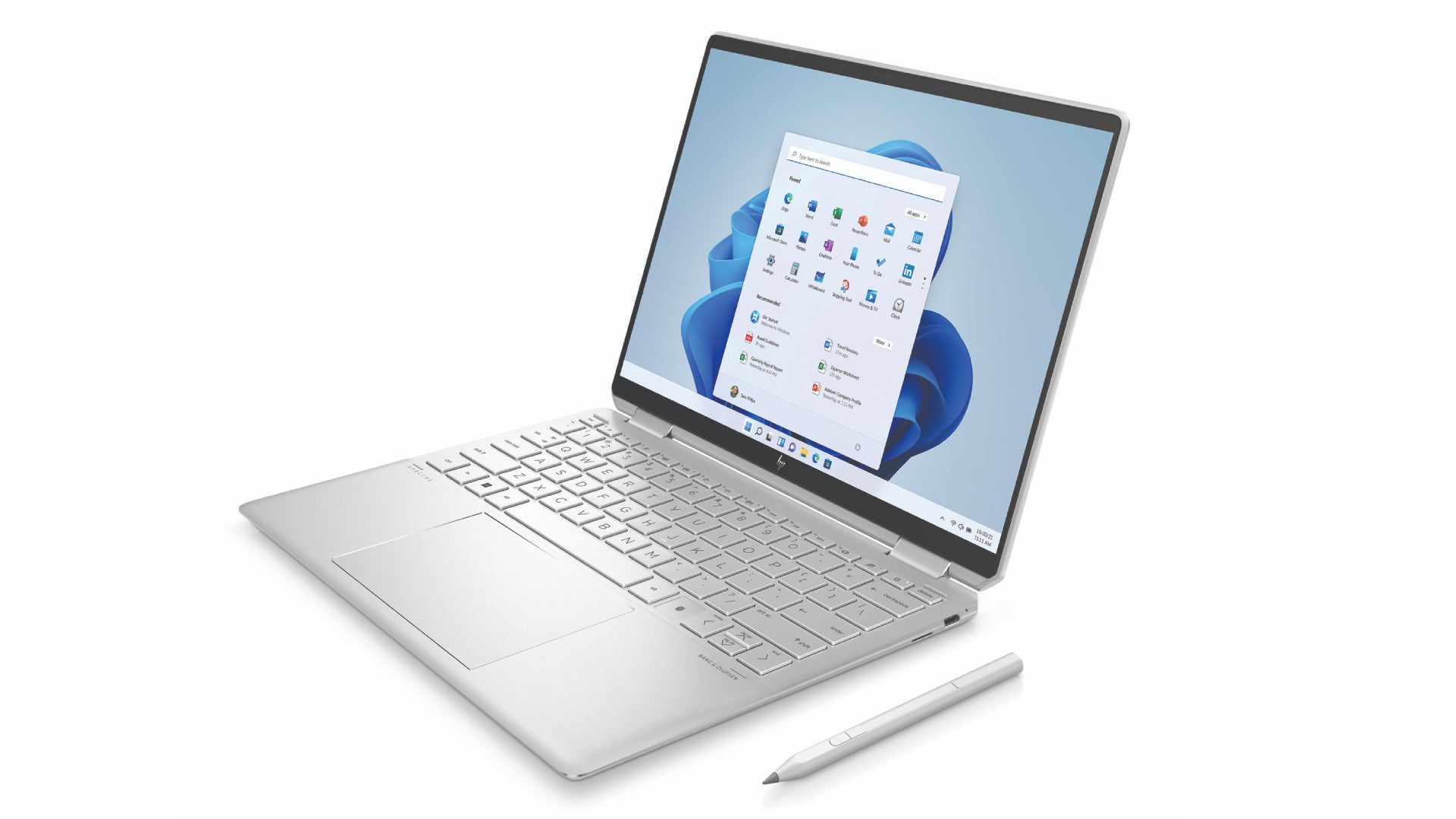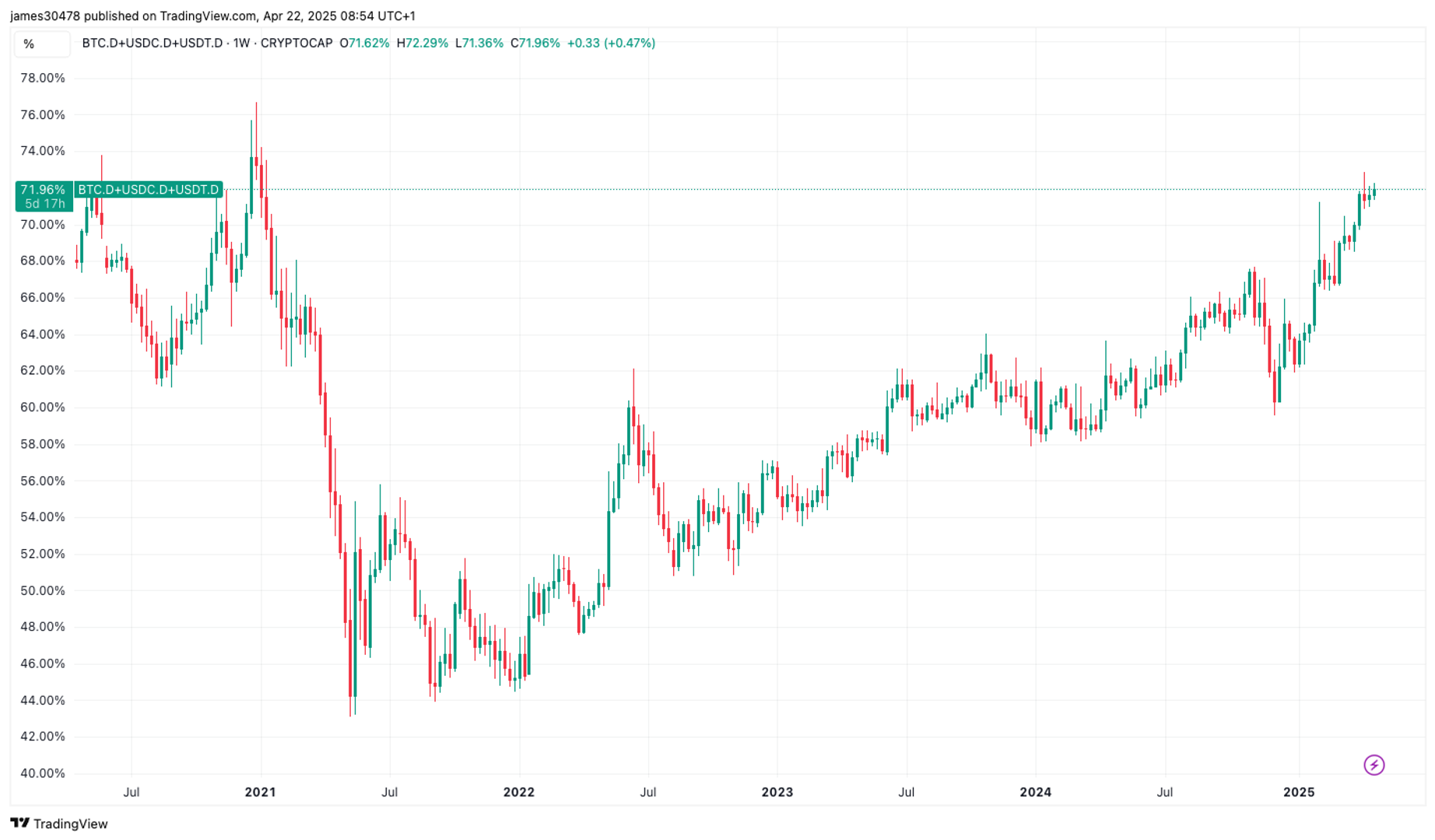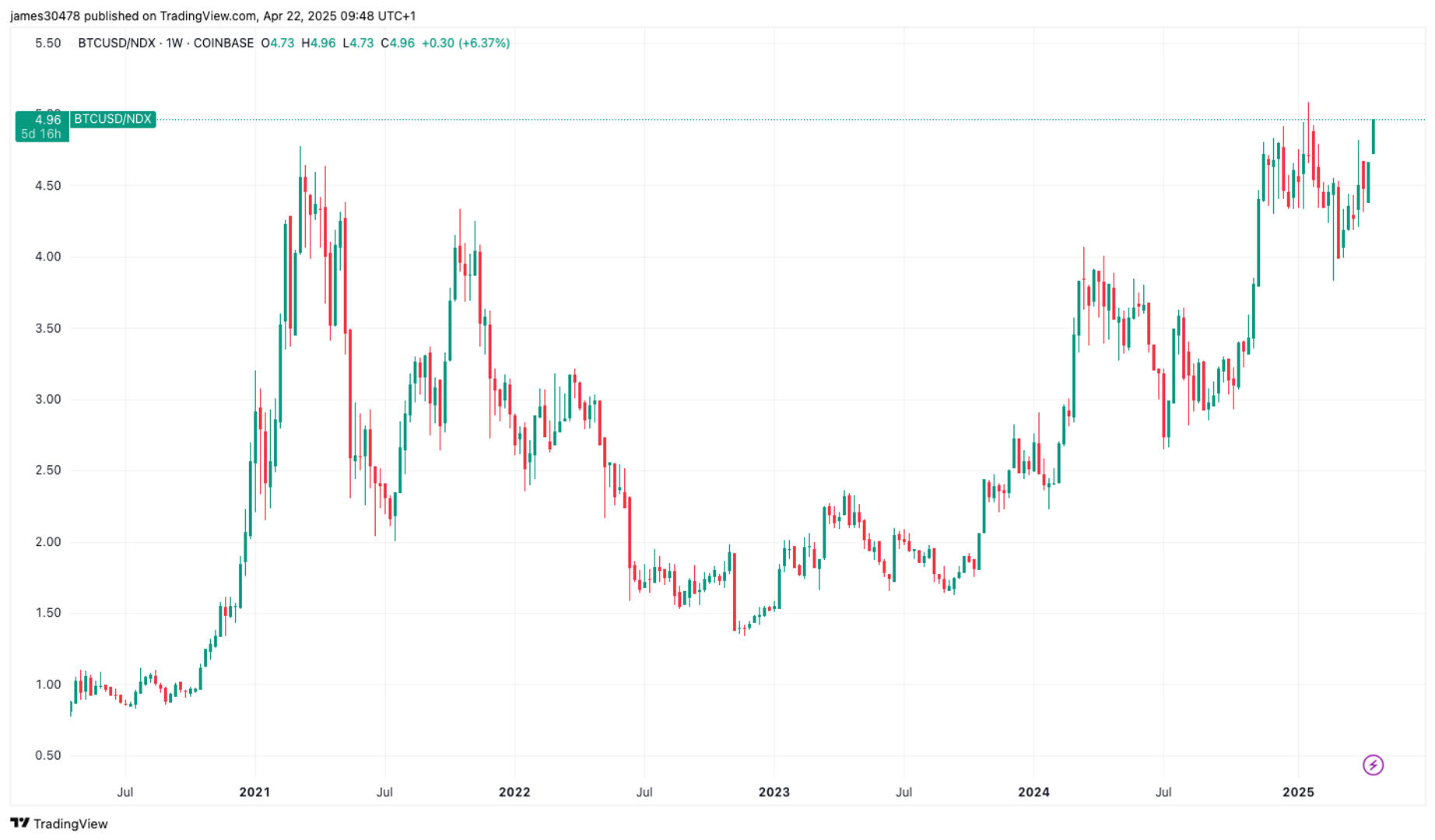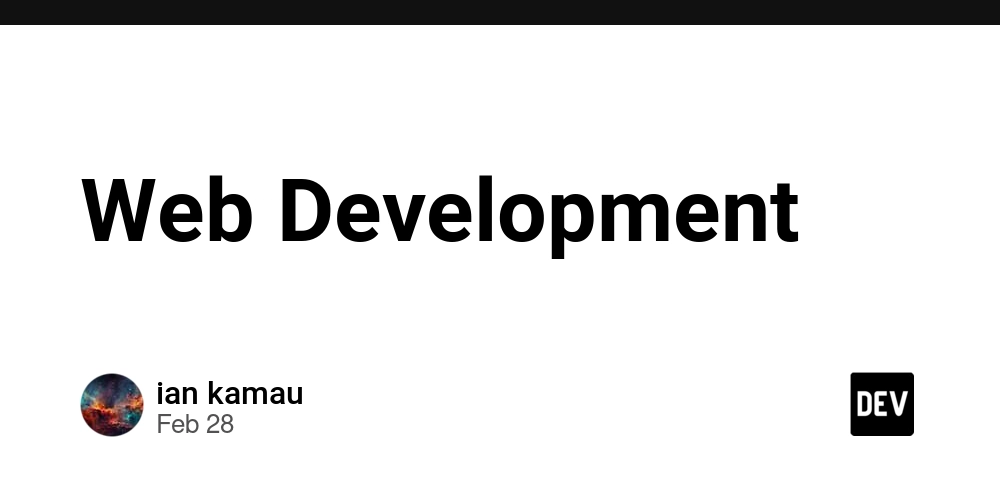AWS Fargate and Lambda: A Clear Comparison of Pros and Cons
AWS (Amazon Web Services) offers many serverless computing products that enable organizations to build and run their applications with minimal considerations for upkeep. From these, AWS Fargate and AWS Lambda are some of the most commonly used since AWS offers them. However, both are developed for specific tasks to provide the benefits of not dealing with servers and their downsides. Therefore, in this article, we will explain the key pros and cons of AWS Fargate and Lambda to help you identify which options are more suitable for you. What is AWS Fargate? AWS Fargate is a serverless solution for processing containers. It helps you to execute and orchestrate application containers while freeing you from the responsibility of the physical hardware. What used to take several computers with different configurations, OS, and hardware management is now solved with Fargate, where you just define the resources of your containerized application and let Fargate do the magic. What is AWS Lambda? AWS Lambda is a computing service that enables developers to write code and have it run without having to set up and manage servers themselves. It is designed for event-driven workloads in which the code is executed in response to a trigger, such as an API request, a file, or a database change. AWS Fargate and Lambda: Pros and Cons Pros of AWS Fargate 1. Simplified Container Management Fargate eliminates the need to manage servers or clusters. You can focus entirely on your containerized applications. 2. Flexible Resource Allocation The CPU and memory that will be allocated to your containers are fully configurable for performance and cost optimization. 3. Supports a Wide Range of Use Cases Batch processes, microservices, large-scale applications, and any application that needs to offer consistent performance are a good fit for Fargate. 4. Seamless Integration Fargate integrates well with AWS services like Amazon ECS (Elastic Container Service) and Amazon EKS (Elastic Kubernetes Service). 5. Scalability It automatically scales your containers based on demand, ensuring your applications can handle traffic spikes without manual intervention. Cons of AWS Fargate 1. Higher Cost for Small Workloads While Fargate simplifies management, its pricing can be higher for smaller workloads compared to running containers on EC2 instances. 2. Limited Control over Infrastructure Since AWS manages the infrastructure, you have limited control over the underlying hardware and configurations. 3. Cold Start Latency Similar to other serverless solutions, Fargate containers may experience slight delays during initial startup. 4. No GPU Support (as of now) Fargate does not currently support GPU-based workloads, which might be a limitation for AI and ML applications. Pros of AWS Lambda 1. Pay-As-You-Go Pricing Lambda charges you only for the time your code runs. This makes it a cost-effective solution for infrequent or short-lived tasks. 2. Event-Driven Execution Lambda automatically triggers functions in response to events, making it perfect for applications that rely on real-time data processing. 3. Automatic Scaling It can handle hundreds or even thousands of requests simultaneously by automatically scaling up and down. 4. No Server Maintenance You don’t need to worry about servers, operating systems, or runtime patches. AWS takes care of everything. 5. Integration with AWS Services Lambda works seamlessly with other AWS services like S3, DynamoDB, and API Gateway, making it a versatile choice for serverless architectures. Cons of AWS Lambda 1. Execution Time Limits Lambda functions have a maximum execution time of 15 minutes. This makes it unsuitable for long-running tasks. 2. Limited Control over Runtime Environment You have limited customization options for the runtime environment, which might not work for all use cases. 3. Cold Start Latency Lambda functions can experience delays during their first execution after being idle for some time. 4. Complex Debugging Debugging serverless functions can be challenging since you don’t have direct access to the underlying infrastructure. 5. Resource Constraints Lambda functions are limited to 10 GB of memory and a certain amount of CPU power. When to Choose AWS Fargate? Use Fargate when running containerized applications that require consistent performance and customizable resource allocation. It’s ideal for long-running tasks, microservices, and batch-processing jobs where you want to avoid managing servers. When to Choose AWS Lambda? Choose Lambda for event-driven workloads that run in response to triggers. It’s perfect for short-lived tasks like real-time data processing,

AWS (Amazon Web Services) offers many serverless computing products that enable organizations to build and run their applications with minimal considerations for upkeep. From these, AWS Fargate and AWS Lambda are some of the most commonly used since AWS offers them.
However, both are developed for specific tasks to provide the benefits of not dealing with servers and their downsides. Therefore, in this article, we will explain the key pros and cons of AWS Fargate and Lambda to help you identify which options are more suitable for you.
What is AWS Fargate?
AWS Fargate is a serverless solution for processing containers. It helps you to execute and orchestrate application containers while freeing you from the responsibility of the physical hardware. What used to take several computers with different configurations, OS, and hardware management is now solved with Fargate, where you just define the resources of your containerized application and let Fargate do the magic.
What is AWS Lambda?
AWS Lambda is a computing service that enables developers to write code and have it run without having to set up and manage servers themselves. It is designed for event-driven workloads in which the code is executed in response to a trigger, such as an API request, a file, or a database change.
AWS Fargate and Lambda: Pros and Cons
Pros of AWS Fargate
1. Simplified Container Management
Fargate eliminates the need to manage servers or clusters. You can focus entirely on your containerized applications.
2. Flexible Resource Allocation
The CPU and memory that will be allocated to your containers are fully configurable for performance and cost optimization.
3. Supports a Wide Range of Use Cases
Batch processes, microservices, large-scale applications, and any application that needs to offer consistent performance are a good fit for Fargate.
4. Seamless Integration
Fargate integrates well with AWS services like Amazon ECS (Elastic Container Service) and Amazon EKS (Elastic Kubernetes Service).
5. Scalability
It automatically scales your containers based on demand, ensuring your applications can handle traffic spikes without manual intervention.
Cons of AWS Fargate
1. Higher Cost for Small Workloads
While Fargate simplifies management, its pricing can be higher for smaller workloads compared to running containers on EC2 instances.
2. Limited Control over Infrastructure
Since AWS manages the infrastructure, you have limited control over the underlying hardware and configurations.
3. Cold Start Latency
Similar to other serverless solutions, Fargate containers may experience slight delays during initial startup.
4. No GPU Support (as of now)
Fargate does not currently support GPU-based workloads, which might be a limitation for AI and ML applications.
Pros of AWS Lambda
1. Pay-As-You-Go Pricing
Lambda charges you only for the time your code runs. This makes it a cost-effective solution for infrequent or short-lived tasks.
2. Event-Driven Execution
Lambda automatically triggers functions in response to events, making it perfect for applications that rely on real-time data processing.
3. Automatic Scaling
It can handle hundreds or even thousands of requests simultaneously by automatically scaling up and down.
4. No Server Maintenance
You don’t need to worry about servers, operating systems, or runtime patches. AWS takes care of everything.
5. Integration with AWS Services
Lambda works seamlessly with other AWS services like S3, DynamoDB, and API Gateway, making it a versatile choice for serverless architectures.
Cons of AWS Lambda
1. Execution Time Limits
Lambda functions have a maximum execution time of 15 minutes. This makes it unsuitable for long-running tasks.
2. Limited Control over Runtime Environment
You have limited customization options for the runtime environment, which might not work for all use cases.
3. Cold Start Latency
Lambda functions can experience delays during their first execution after being idle for some time.
4. Complex Debugging
Debugging serverless functions can be challenging since you don’t have direct access to the underlying infrastructure.
5. Resource Constraints
Lambda functions are limited to 10 GB of memory and a certain amount of CPU power.
When to Choose AWS Fargate?
- Use Fargate when running containerized applications that require consistent performance and customizable resource allocation.
- It’s ideal for long-running tasks, microservices, and batch-processing jobs where you want to avoid managing servers.
When to Choose AWS Lambda?
- Choose Lambda for event-driven workloads that run in response to triggers.
- It’s perfect for short-lived tasks like real-time data processing, automating file uploads, or handling API requests.
- Lambda is also a great choice for applications where cost optimization is crucial for low-traffic scenarios.
AWS Fargate vs Lambda: Final Comparison
In AWS, the Fargate vs Lambda depends heavily on the type of workload you are running. Fargate is optimized for containerized workloads that need complex and accurate computing resources and for long-running processes, while giving Lambda power to solve simple, short-term tasks that react to events.
Conclusion
To make the right decision regarding AWS Fargate or Lambda, you should know how your application will function. Whereas Fargate is well suited for container-based compute used cases, Lambda is best suited for event-based, serverless jobs. Leveraging AWS Consulting Services can help you in making the right choice. Don’t wait for your future successful journey.
Happy Clouding!












































































































































































![[The AI Show Episode 144]: ChatGPT’s New Memory, Shopify CEO’s Leaked “AI First” Memo, Google Cloud Next Releases, o3 and o4-mini Coming Soon & Llama 4’s Rocky Launch](https://www.marketingaiinstitute.com/hubfs/ep%20144%20cover.png)
















































































































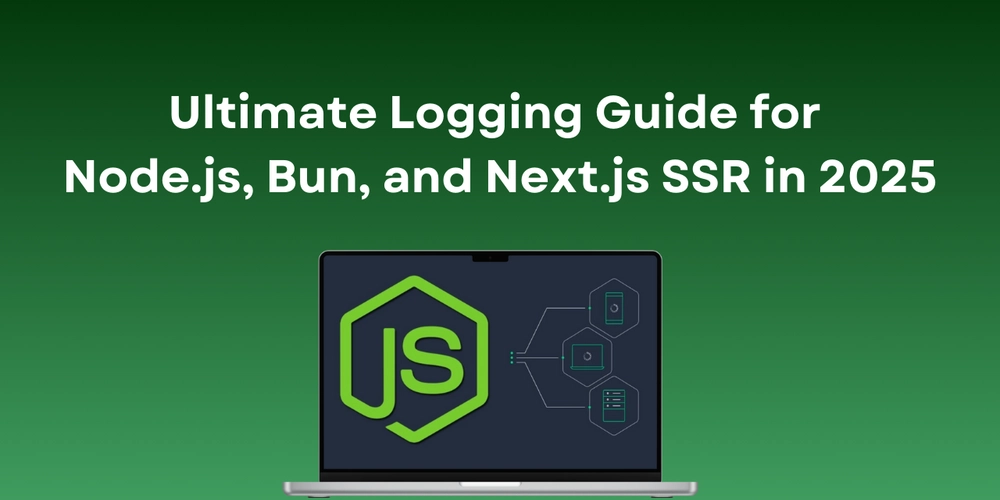

















![From fast food worker to cybersecurity engineer with Tae'lur Alexis [Podcast #169]](https://cdn.hashnode.com/res/hashnode/image/upload/v1745242807605/8a6cf71c-144f-4c91-9532-62d7c92c0f65.png?#)























![BPMN-procesmodellering [closed]](https://i.sstatic.net/l7l8q49F.png)





















































































.jpg?#)
.jpg?#)



































.webp?#)





























































































![CarPlay app with web browser for streaming video hits App Store [U]](https://i0.wp.com/9to5mac.com/wp-content/uploads/sites/6/2024/11/carplay-apple.jpeg?resize=1200%2C628&quality=82&strip=all&ssl=1)



![What’s new in Android’s April 2025 Google System Updates [U: 4/21]](https://i0.wp.com/9to5google.com/wp-content/uploads/sites/4/2025/01/google-play-services-3.jpg?resize=1200%2C628&quality=82&strip=all&ssl=1)











![Apple Releases iOS 18.5 Beta 3 and iPadOS 18.5 Beta 3 [Download]](https://www.iclarified.com/images/news/97076/97076/97076-640.jpg)
![Apple Seeds visionOS 2.5 Beta 3 to Developers [Download]](https://www.iclarified.com/images/news/97077/97077/97077-640.jpg)
![Apple Seeds tvOS 18.5 Beta 3 to Developers [Download]](https://www.iclarified.com/images/news/97078/97078/97078-640.jpg)
![Apple Seeds watchOS 11.5 Beta 3 to Developers [Download]](https://www.iclarified.com/images/news/97079/97079/97079-640.jpg)



















